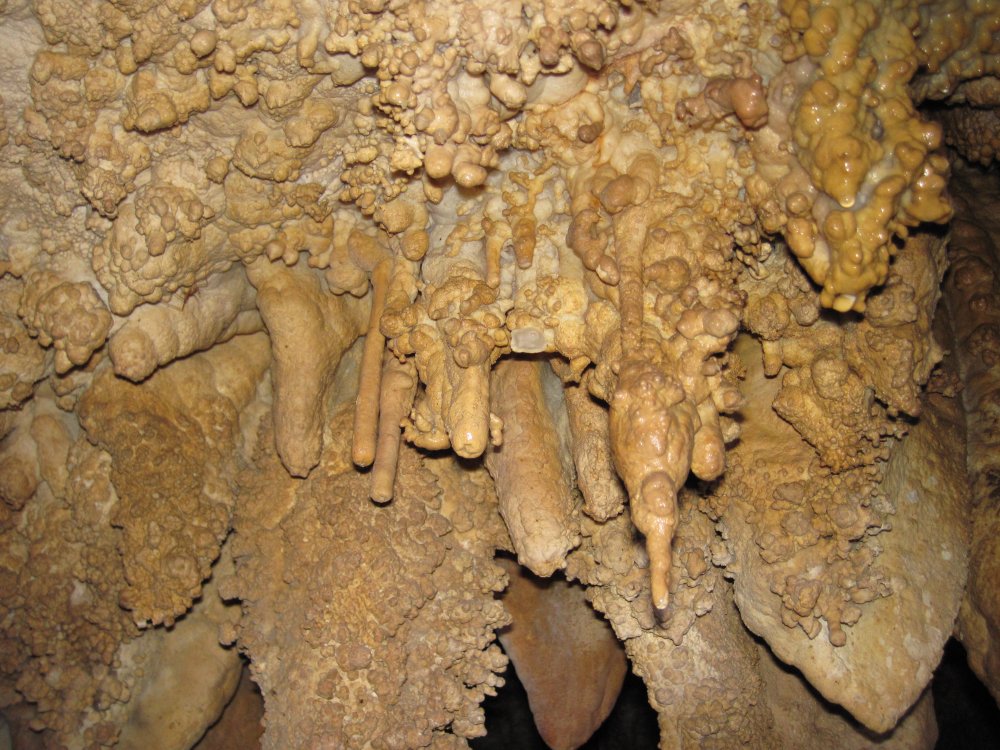An adventure like dry caving transports you to a different world where the daily grind is absent. It involves venturing into caverns that are devoid of water flow, enabling you to meander through their serene, arid depths. Dry caving provides an exceptional, tranquil, and exhilarating experience for individuals yearning to escape into the hidden corners of nature.
Going into the unknown, though, can be intimidating. One may ask, “How do I start? What can I anticipate? These are typical queries, particularly from novices. It can be frightening to consider negotiating narrow, dark passageways, and there is a genuine fear of becoming lost or stuck. But do not worry, these obstacles are easily surmountable with the correct planning and knowledge.
This guide will take you through every step of dry caving, from knowing the fundamentals to making sure it’s a fun and safe experience. You’ll find everything you need to get started on your journey with confidence, regardless of your level of experience.
Understanding Dry Caving
What is Dry Caving?
Dry caving, sometimes referred to as “spelunking” in some areas, is the exploration of caves with minimal water flow. Dry caves are shaped by processes like wind erosion, tectonic activity, or the slow dissolution of rock by groundwater that has long since dried up. In contrast to wet caves, which are frequently formed by underground rivers or streams. A different kind of beauty can be found in these caves; picture serene chambers, intricate rock formations, and an almost otherworldly stillness.
Why Choose Dry Caving?
Dry caving is a popular means of establishing a closer relationship with nature. This is an adventure where swimming and enduring the damp, cold conditions of wet caves are not necessary. Rather, you can concentrate on the actual exploration, making your way through tunnels, scaling rocks, and finding the special features concealed inside. It’s a mentally stimulating and physically stimulating activity that gives you the ability to push yourself to new limits and see the world from a different angle.
Essential Preparation for Dry Caving
Gear Up for the Adventure
Equipping yourself with the necessary equipment is essential before entering a dry cave. You must have a good helmet with a mounted light because climbing and navigating will require your hands to be free. You can avoid scrapes and bruises by wearing comfortable, sturdy clothing that covers your arms and legs. Additionally, a sturdy pair of boots with good grip will help you keep your balance on uneven surfaces.
It’s a good idea to have extra batteries and a backup light source, such as a headlamp or flashlight, with you. Snacks, lots of water, and a compact first aid kit are also necessities. Recall that dry caves can be very isolated, so it’s critical to have everything you need.
Planning Your Trip
Your experience with dry caving can be made or broken by careful planning. Begin by learning about the cave you plan to explore, including its layout, average exploration time, and any potential dangers. Going in a group is also a smart idea, particularly if you’ve never gone caving before. Along with adding to the enjoyment of the experience, having companions also increases safety.
Ensure that someone who is not part of your group is aware of your plans, including the cave you are visiting and when you expect to return. In this manner, assistance can be notified in the event of an issue.

Safety Tips for Dry Caving
Know Your Limits
Knowing your physical limitations is crucial because caving can be physically taxing. Don’t push yourself too hard; it’s acceptable to turn around if a passage appears too narrow or a climb too difficult. Prioritizing your safety is always important. Pay attention to your body and take pauses when necessary.
Respect the Cave
Caves are delicate environments that developed over millions, if not thousands, of years. Because your skin’s oils can harm stalactites, stalagmites, and other formations, try not to touch them. Make sure to pack up everything you bring in, including trash, and leave no trace of your visit. You’re protecting the cave’s beauty for explorers to come by treating it with respect.
A Step-by-Step Guide to Your First Dry Caving Adventure
- Research and Choose Your Cave: Start with a beginner-friendly cave that’s well-documented. Read up on the cave’s layout, history, and any specific challenges it may present.
- Gather Your Gear: Ensure you have all the necessary equipment, including a helmet with a mounted light, backup lights, sturdy clothing, and boots.
- Plan Your Route and Timing: Know the cave’s layout and set a timeline for your exploration. Inform someone outside your group of your plans.
- Enter with Caution: As you enter the cave, move slowly and deliberately. Stay aware of your surroundings and watch your footing.
- Follow the Path, but Be Flexible: Stick to the main paths as much as possible, but be ready to adjust your route based on what you encounter.
- Take Breaks and Stay Hydrated: Dry caves can be tiring, so make sure to rest and drink water regularly.
- Exit Safely: Leave the cave the way you entered, ensuring that everyone in your group is accounted for. Celebrate your adventure and reflect on the experience!

You Might Like to Know
What is Wet Caving?
Wet caving involves exploring caves that have active water systems running through them, such as rivers, streams, or lakes. This type of caving often requires swimming or wading through water, and it presents additional challenges like navigating strong currents or cold temperatures.
How Do Dry Caves Form?
Dry caves are typically formed through processes like wind erosion, tectonic activity, or the gradual dissolution of rock by groundwater that no longer flows through the cave. Over time, these forces create the intricate tunnels and chambers that make dry caves so fascinating to explore.
What Are the Four Types of Caves?
The four main types of caves are solutional caves, lava caves, sea caves, and glacier caves. Solutional caves, the most common type, are formed by the dissolution of soluble rocks like limestone. Lava caves are formed by flowing lava, sea caves by the action of waves on rock, and glacier caves by melting ice.
What Do You Call a Cave With No Roof?
A cave with no roof is called a “rock shelter” or “cave shelter.” These formations occur when part of the cave collapses or erodes, leaving an open space that’s partially enclosed by rock.
What is the Difference Between a Pothole and a Cave?
A pothole, also known as a “vertical cave,” is a type of cave that descends vertically into the earth. It differs from a typical cave, which usually has horizontal passageways. Potholes require specialized techniques like rappelling to explore safely.
Conclusion
Dry caving is a unique and thrilling adventure that invites you to explore the hidden wonders of the earth. By understanding the basics, preparing properly, and respecting the environment, you can safely enjoy this incredible experience. Whether you’re a seasoned explorer or just starting, dry caving offers a chance to connect with nature in a way few other activities can. So, grab your gear, gather your courage, and step into the unknown—you never know what wonders await beneath the surface.
